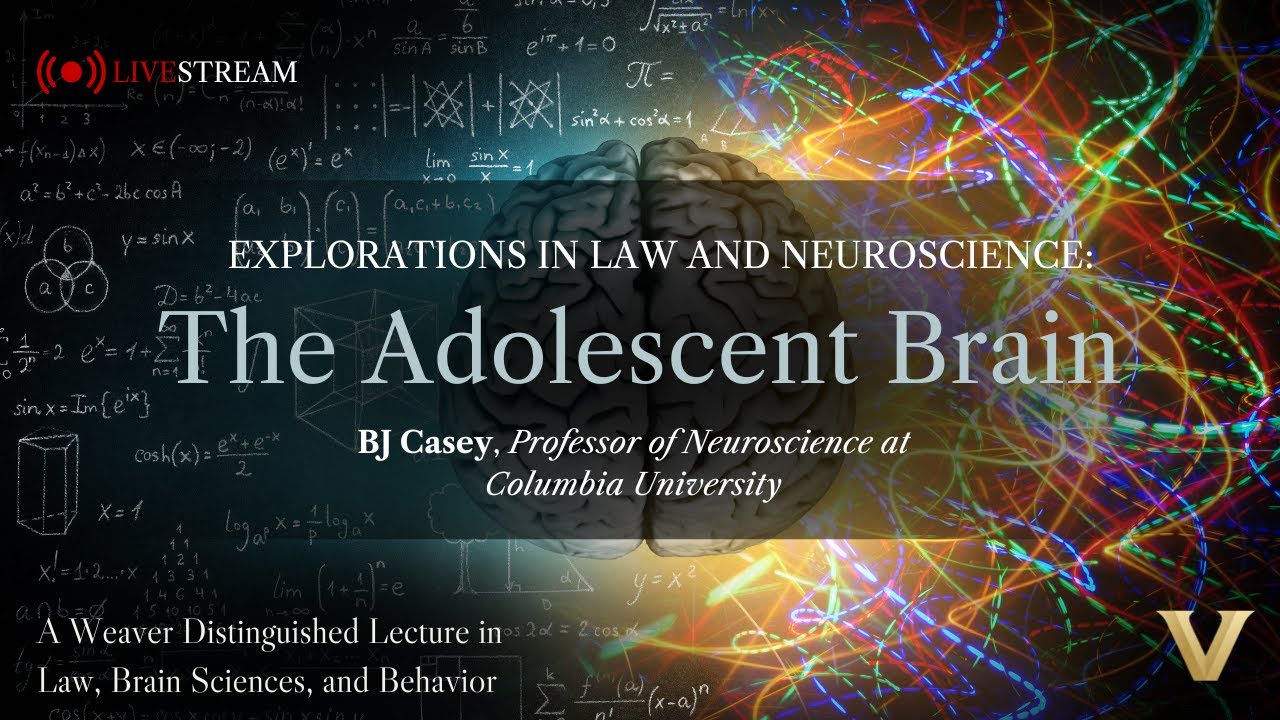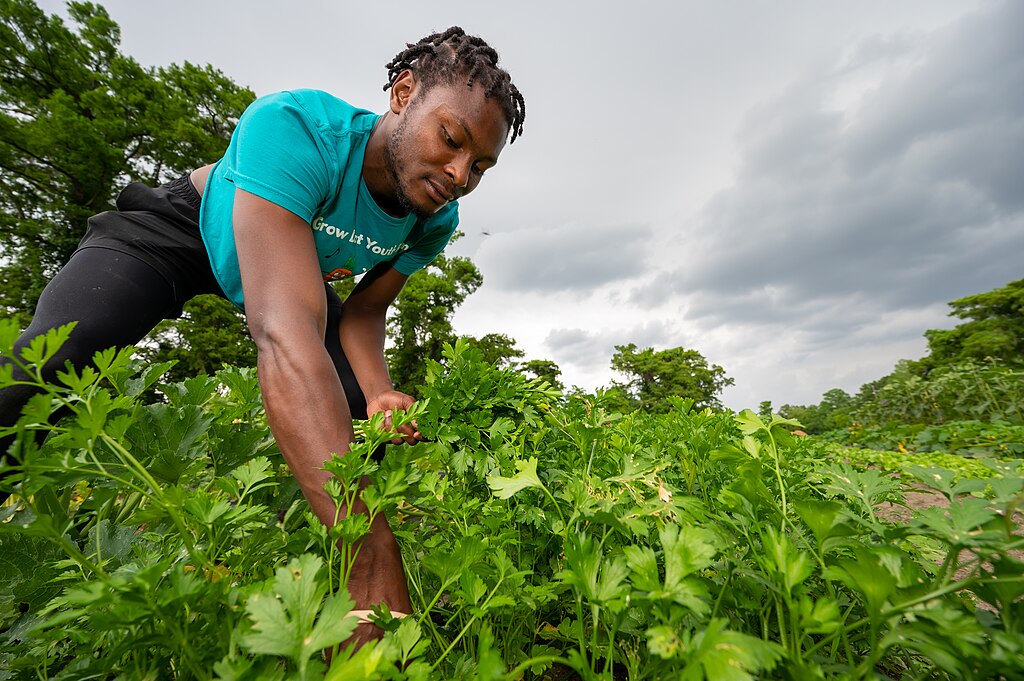
Adolescence: A Time of Vulnerability and Resilience
USDA via Wikimedia Commons
As neuroplasticity is heightened, adolescents are both vulnerable and resilient. Supportive relationships and access to resources can lead to positive trajectories, while negative experiences may increase vulnerability. It is important that adolescents have balanced real-world experiences and quality educational experiences.
By Kathleen Mazor, EdD, MS
Contributing Writer
Current discussions on human development have shifted away from debating whether nature or nurture plays a larger role in determining who we are. Instead, there is growing recognition that our genes and environment interact in complex ways. A recent report on adolescence from the National Academy of Sciences highlights this, noting: “The way heredity is expressed in behavior depends significantly on influences in a person’s environment. And the trajectory of an individual’s life may be changed, negatively or positively, at each life stage. Protective factors in the environment—such as supportive relationships with family and caretakers and access to resources—support positive trajectories, while harmful experiences (such as toxic stress and housing insecurity) may lead to at-risk or poor trajectories.”
Adolescents may be resilient, but they may also be vulnerable. As Dr. Sarah Blakemore of the University of Cambridge notes, “This heightened neuroplasticity also means it is a time of vulnerability, because the environment isn’t always positive. Stressful circumstances might have an effect on the brain and how it is developing and might make a young person susceptible to mental health problems: about 75% of mental illness begins before the age of 18.”
Adolescent mental health has received increased attention, and the data are concerning. A recent US national survey conducted from July 2021 to December 2022 found that around 1 in 5 adolescents aged 12-17 reported anxiety in the two weeks before the survey, and only slightly fewer (17%) reported symptoms of depression.
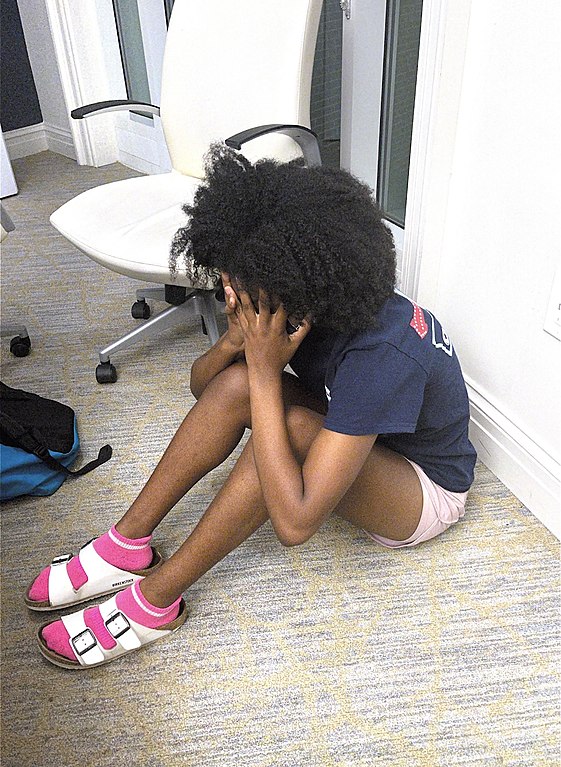
The Centers for Disease Control and Prevention (CDC) regularly surveys US youth to track trends. Data from 2023 show that rates of engaging in sexual risk behaviors and substance use were trending downward from 2013 to 2023. However, other indicators, including persistent sadness or hopelessness, and suicidal thoughts and behaviors, have worsened over the same period. Although there were some improvements from 2021 to 2023, the figures remain troubling. In 2023, 4 in 10 high school students reported having experienced persistent sadness or hopelessness, 2 in 10 seriously considered attempting suicide and almost 1 in 10 had attempted suicide. Additionally, only about 55% of students felt close to other people at their school; 77% used social media several times a day, and 84% reported high parental monitoring (i.e., parents or other adults in their family most of the time or always knew where they were going or whom they would be with).
The Importance of Real-World Experiences
In his book The Anxious Generation, Jonathan Haidt links the rising rates of anxiety and depression among adolescents to two factors: a rise in parental fearfulness and overprotection, limited opportunities for free play, and the ubiquity of smartphones which he describes as resulting in a “phone-based childhood.” Haidt advocates for giving young people increased independence and responsibility with age. He also suggests providing more vocational education, apprenticeship and youth development programs, with the goal of giving adolescents real-world experience and responsibilities, and the accompanying feelings of agency and success.
Dr. Joseph Allen echoes these concerns, arguing that today’s adolescents are often confined to classrooms, focusing on passive learning rather than engaging in meaningful adult roles. As Allen puts it, “We’ve increasingly asked young people at the height of their physical powers, the height of their energy levels, and even at the peak of their information processing capacity, to do little other than sit at desks, take notes, and answer questions on multiple choice tests, preparing for an adult future that is often many years away. Further, the work required is often done in isolation, and the likelihood of the content learned actually being useful to the vast majority of adolescents in adulthood is often marginal (e.g., mastering operations with imaginary numbers). As a consequence, adolescents have relatively little direct access to adult roles and responsibilities. Though adolescents naturally desire adult status, they find it largely out of reach in important ways, and this problem appears to be worsening.” Allen points to an earlier study by Jean Twenge and Heejung Park which analyzed data from over eight million adolescents from 1976 to 2016. The study found that adolescents were participating less in adult activities like working for pay, dating, and driving.
Data from the US Bureau of Labor Statistics confirm a significant decline in employment among teenagers aged 16 to 19. Seasonally adjusted rates of employment were generally above 50% from 1970 to 2000, with few exceptions. However, rates began to fall sharply in around 2001, dropping to about 34% in 2011. Since then, the rate has remained around 35%, with a notable dip in 2020 corresponding to the pandemic. As of July 2024, the rate was approximately 36%.
Despite these trends and calls for increasing responsibility, there is limited research on the effects of adolescent employment. In 2023, the American Psychological Association released a Resolution titled Developmental Risks and Opportunities in Adolescent Employment which stated, “Despite the longstanding participation of adolescents in the workforce, their employment has not been studied extensively for long-term impacts on development, health, well-being, or transition to adult work.”
Making Education Accessible and Relevant
Adolescence is a crucial time for growth and learning, as Sarah Blakemore, professor of psychology and cognitive neuroscience at the University of Cambridge, explains: “Our brains are plastic at all ages, including in adulthood, but during adolescence, neuroplasticity in certain brain regions is heightened. This means that adolescence is a period which offers the opportunity for learning and creativity, and can benefit from interventions.” However, not all students have equal access to these opportunities.

Recent research from the Rand Corporation (a non-profit research institute) reveals uneven access to advanced math instruction across the US. Many small and rural high schools, and those that mostly serve students from historically marginalized populations, offer fewer advanced mathematics courses. Even basic courses like Algebra I are not available to many students.
Dr. Liza Bondurant from Mississippi State University is working to change this by promoting math literacy and continuing the vision of Bob Moses, founder of the Algebra Project. Dr. Bondurant notes that the most recent “national report card” reveals a troubling decline math proficiency, with only 20% of US eighth graders were proficient in math in 2022. Dr. Bondurant points out that low-income students, students of color and multilingual learners often lack access to qualified teachers and high-quality curricula and resources. She is enthusiastic about a simple “nudge” that is making a difference: making honors math the default for all students, rather than requiring students to opt-in. This simple shift has had a major impact. As Dr. Bondurant reports, “Flipping the switch from opt-in to opt-out led to a dramatic increase in the number of Black and Latino learners, who constitute the majority of Dallas students. And the district’s overall math scores remained steady. About 60% of Dallas ISD [Independent School District] eighth graders are now taking Algebra I, triple the prior level. Moreover, more than 90% are passing the state exam.” Despite these efforts, many districts still do not offer Algebra I to eighth graders, limiting future opportunities in higher-level math courses.
In addition to math, engaging students in science is also crucial. Dr. Clausell Mathis from Michigan State University emphasizes the importance of physics education and offers advice on making physics culturally relevant. Dr. Mathis notes that physics courses are often not offered in urban and rural high schools, yet they provide foundational knowledge crucial for later STEM courses and careers. Many students—even those who are interested in pursuing careers in science and engineering, perceive physics as irrelevant in part due to how it is usually taught in the classroom. To address this, Mathis has created physics lessons that show how physics relates to earthquakes in California, NASCAR racing in the south, and the transmission of text messages through wave motion.
These efforts highlight the importance of adapting educational approaches to better meet the needs of all students and maximize the learning potential during adolescence.
In the series: The Challenges of Adolescence
Further Reading »
External Stories and Videos
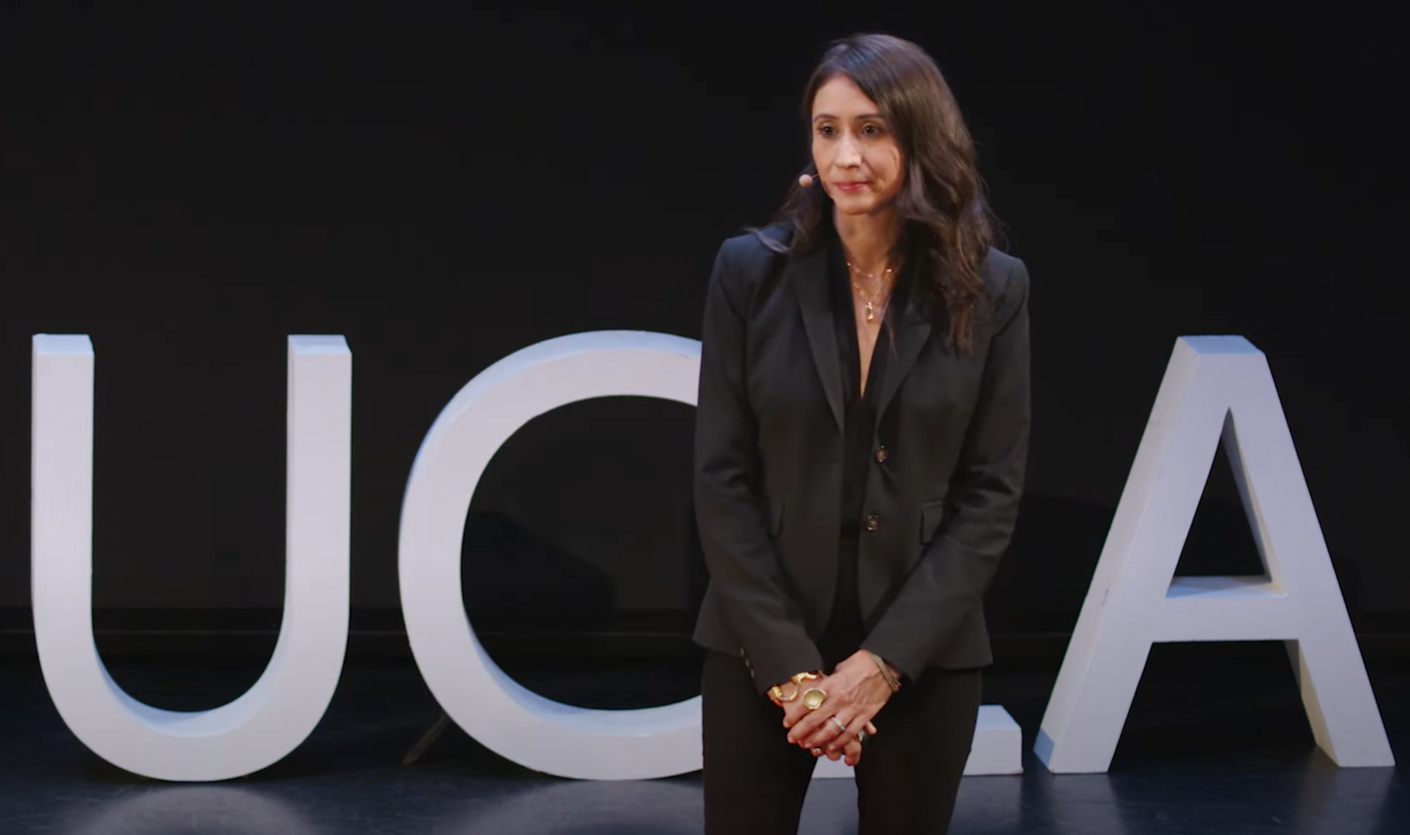

The Adolescent Brain: A Thriving Look
Adriana Galván, TEDxUCLA
Neuroscience tells us there is joy in not knowing what is coming next. Uncertainty is part of what makes life interesting. Yet, most adults describe a strong feeling of discomfort around uncertainty.
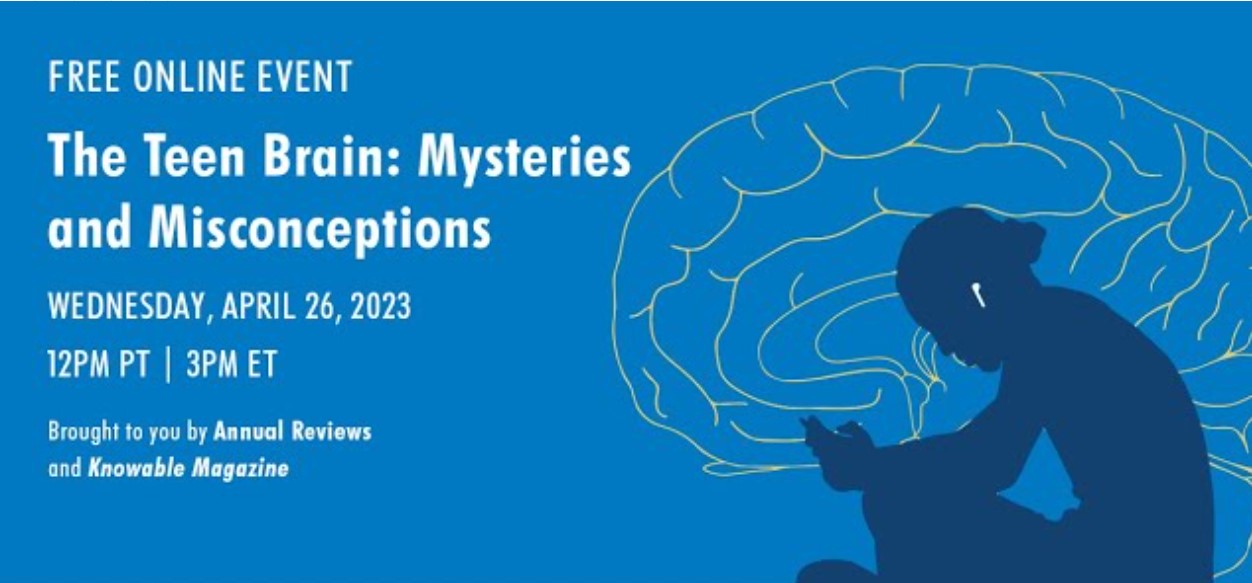

The Teen Brain: Mysteries and Misconceptions
Panel Event, The Dana Foundation
A conversation about the teenage brain’s strengths and vulnerabilities, how adults can support teenagers with mental health issues, and how teens can help one another.


Understanding the Teenage Brain
Eva Telzer, PhD, Speaking of Psychology
There’s a common stereotype is that teenagers’ brains are immature and underdeveloped, and that teens are “hard-wired” to take unwise risks and cave to peer pressure. But psychologists’ research suggests these negative stereotypes are unfounded and that the teen years are a time opportunity and growth as well as risk.


Speaking of Psychology: How Social Media Affects Teens’ Mental Health
Linda Charmaraman, PhD (2021)
The vast majority of US teens have access to a smartphone and at least one social media account, and recent headlines seem to confirm parents’ worst fears about the effects of all that time spent online. But psychologists’ research suggests that there are nuanced answers to the question of how social media affects teens’ mental health and well-being.


Are Smartphones Ruining childhood?
Jonathan Haidt, TED Talks Daily Podcast
Social psychologist Jonathan Haidt's latest book, The Anxious Generation, is shaping cultural conversations and sparking fierce debates about the role of smartphones in society. In this timely conversation, he investigates how a smartphone-based childhood, amplified by overprotective parenting, is driving the mental health crisis among young people. He also explores the push for phone bans in schools and the concrete steps we can take to improve the mental health of young people around the world.


